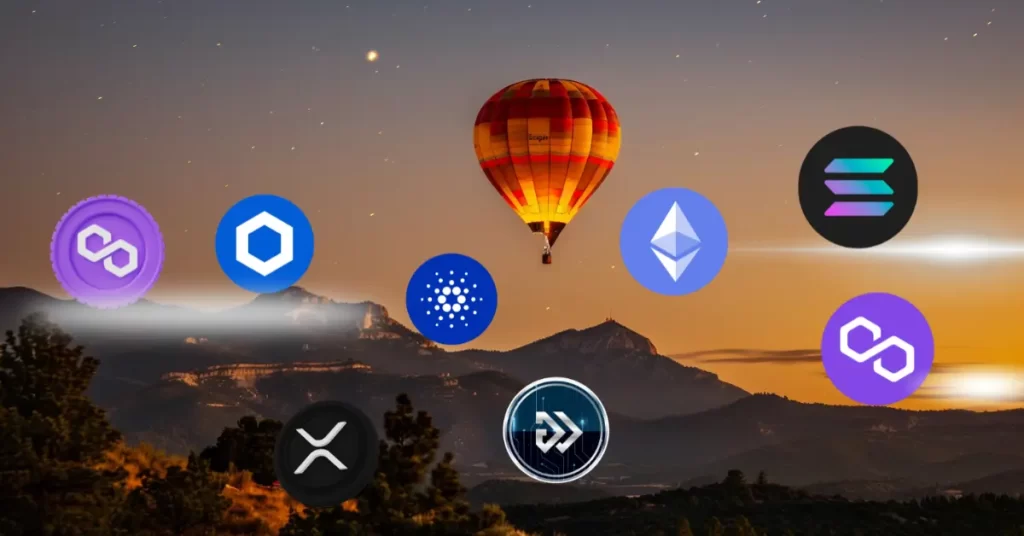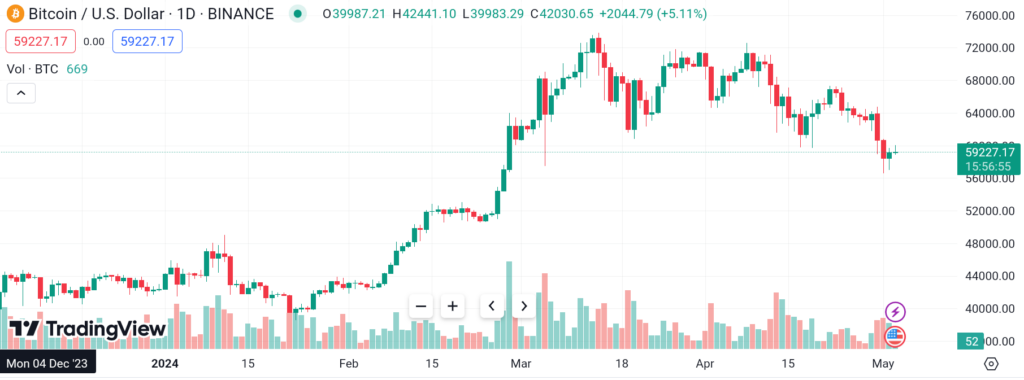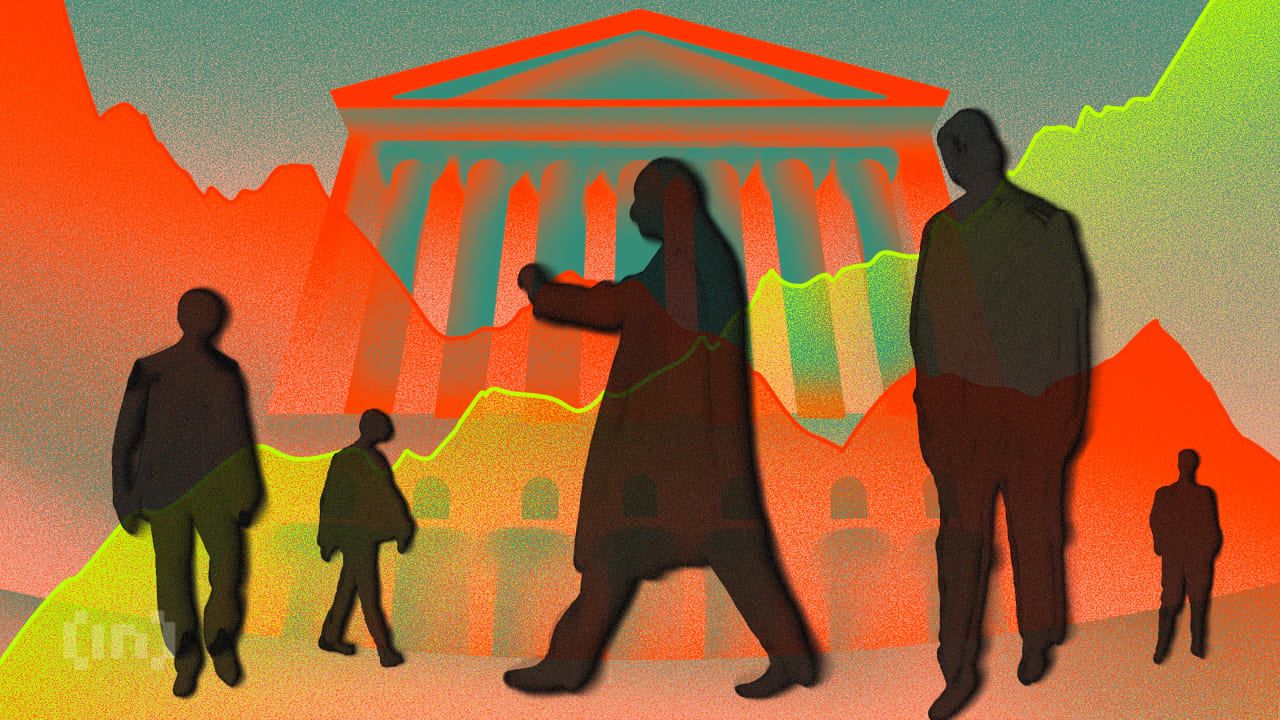Exclusive: Tether CEO Paolo Ardoino on USDT’s Evolution and Impact Beyond America
Tether, the blockchain-based platform that powers the world’s leading stablecoin, USDT, doesn’t need the United States market. Tether’s CEO, Paolo Ardoino, in an exclusive interview with Cryptopolitan fresh off the stage at Token2049 in Dubai, shared expansive views on the evolution and the role of USDT in global finance, particularly away from America.
From the left: Andrew Rogozov, founder of TON. Pavel Durov, founder of Telegram. Paolo Ardoing, founder of Tether.
Tether was conceived in 2014, a time when cryptocurrency trading was struggling with the sluggish pace of fiat currency transfers. Paolo described the early crypto environment as limited to a handful of exchanges, with big hurdles in arbitrage opportunities because of the slow process of moving money across borders.
His company’s solution was a blockchain-based dollar that could move as swiftly as the cryptocurrencies it was traded against. Over the last four years, USDT’s role has expanded beyond just the crypto industry. The stablecoin is being used by normal people in developing or underdeveloped economies, as Paolo explained to us.
For many people in countries like Argentina and Turkey, USDT provides a stable alternative to their local currencies, which often devalue, affecting people’s ability to maintain their purchasing power.
Paolo told us that’s why all these communities are looking to USDT. He describes his creation as a “simple” product, the most “basic” idea anyone can ever think of.
“And it just works. We were there when people needed us the most,” he said proudly. “We do not service U.S. customers anymore. They are not our primary market. The U.S. economy doesn’t need either USDT or Tether Gold.”
Yaroslav Belkin, Head of Events at Cryptopolitan with Paolo Ardoino
Addressing the minting of new coins, Paolo mentioned the rigorous oversight involved. He explained that Tether operates under the FBI’s oversight and is actively seeking licenses in various jurisdictions, focusing on emerging markets.
“People in Europe and the U.S. have the best access to banking. They have the best access to credit cards and debit cards. You cannot do that with a stablecoin,” Paolo pointed out.
Discussing Tether’s scrutiny and regulatory challenges, Paolo noted, “Tether has been and is still the most scrutinized company in the world. It pushes us to do better though. Better than the banks.” He proudly shared that Tether is 106 percent backed, contrasting sharply with traditional banks that operate on fractional reserves.
Paolo is not surprised by the regulatory hurdles, given that regulators are often influenced by the traditional financial system, but he remains optimistic about the potential for stablecoins, especially in markets heavily reliant on remittances. In his words:
“Smaller countries have the highest incentive to create good regulations that help stablecoins to thrive because we’ll make their economic system faster, better.”
Paolo shared that the early days for Tether were filled with skepticism. Nobody believed in the concept of stablecoins. But that disbelief only fueled their determination, in an effort to show the world the practical applications and stability of stablecoins.
As stablecoins like USDT began gaining traction, the banking industry’s approach changed from reluctance to partnership. Now, finding bankers isn’t the problem it once was. Everyone sees the potential and wants in.
Banks are now increasingly open to integrating cryptocurrency solutions, to use them as enhancements for their services. By offering crypto custody and integrating stablecoins, these banks want to retain customers. Paolo said basically, stablecoins are helping banks stay truthful and transparent with their customers.
The conversation then shifted to Tether’s other innovative approach to hedge against economic volatility — Tether Gold. Paolo told us his company launched Tether Gold, fully backed by gold, because gold’s value is time-tested. Drawing parallels with historical stability, he highlighted gold’s enduring value, saying, “Just like Cicero said two thousand years ago, an ounce of gold bought you a fine outfit then, and it still does today.”
Addressing our question on potential scenarios of economic downturns, Paolo reassured us that Tether is very well-prepared. If the American government defaults, Tether Gold’s backing ensures they remain stable. “It’s like during the Weimar Republic. Having a stable reserve means survival,” he said.
Next, Paolo expanded on Tether’s current vision, which includes massive investments in education and technology. On April 18th, the company launched initiatives like Tether Data, Tether Finance, Tether Power, and Tether Edu.
These platforms are designed to revolutionize sectors still bogged down by outdated intermediaries. Particularly, Tether Edu was created to transform the educational system by providing direct online courses for practical skills, from plumbing to programming.
“Everything that we do is centralized, in the hands of a couple of companies in the world. But with education, we believe that it should be disintermediated.”
Tether is also investing heavily in AI infrastructure to support diverse opinions and innovations within the AI community, said Paolo. He added that Tether is committed to being a balanced technological advancement that respects their users’ autonomy and promotes ethical usage of AI.
To round up the interview, we asked Paolo if he had any last words, or some sort of advice for people in crypto. And this is what he had to say:
“Bitcoin ETFs are great and all, but learn about self-custody.”
Article written and edited by Jai Hamid
Interviewer: Yaroslav Belkin






